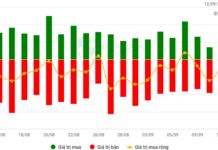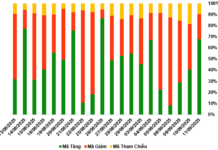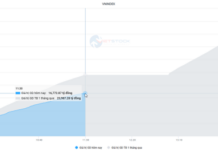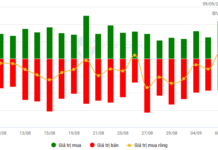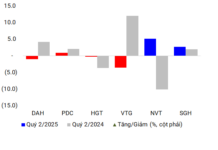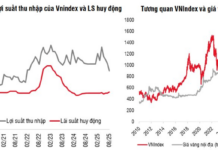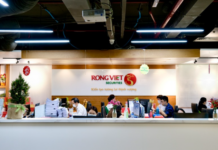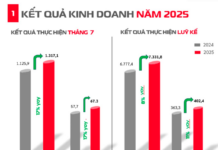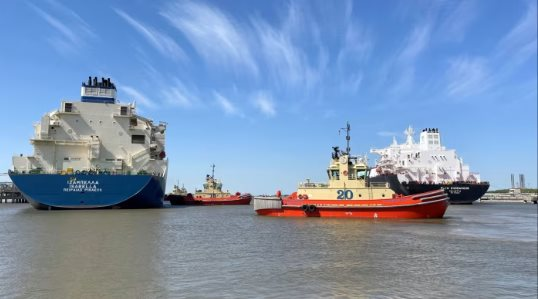
Illustrative image
According to Oilprice, Canada and Mexico are emerging as America’s newest rivals in the race to ship liquefied natural gas (LNG) to Asia – the world’s largest and most critical LNG importing region.
Analysts suggest that while US LNG developments have faced a series of setbacks in recent months, Canada and Mexico are looking to tap into the Asian market, which is growing in its demand for super-cooled fuel.
Both Canada and Mexico have a number of LNG export projects under construction and in development. These ports are located on their west coasts, granting easier access to Asian markets via the Pacific Ocean, without having to traverse the Panama Canal, a bottleneck for LNG cargoes in recent years.
Canada is projected to supply 36.2 million tons of LNG per year by 2040, and Mexico is estimated to provide 36.7 million tons, as per Wood Mackenzie. However, they also emphasize that the potential supply from Canada and Mexico – countries that have yet to ship LNG to foreign markets – is significantly smaller than the estimated 325.83 million tons annually that could come from the US by 2040.
US LNG exports reached 88 million tons in 2023.
Canada has witnessed about a decade of delays in some of its LNG export projects, mainly due to permitting issues. But now, the country is aiming to penetrate the Asian market with several ventures, the first of which is LNG Canada, led by Shell, expected to commence operations in 2025.
In June, the Haisla Nation Pipeline Corporation and Pembina decided to proceed with the Cedar LNG project, a floating LNG export facility off Canada’s West Coast, and the world’s first Indigenous-owned LNG project.
Permitting costs and surges have hindered Canada and Mexico’s ability to export LNG. But the US has also seen setbacks in this industry. Soaring labor and construction costs are impeding some large LNG export projects, while regulatory hurdles have also emerged.
Last month, a US appellate court vacated the permit for NextDecade Corporation’s Rio Grande LNG export project in Texas, ruling that the Federal Energy Commission should have issued a supplemental Environmental Impact Statement (EIS).
Kpler data shows that while Asian imports are set for a six-month high in July, imports into Europe are on track for their weakest month since September 2021. Higher prices in Asia are drawing more imports into the region, while demand in Europe is weak, and prices are lower than in Asia.
ING strategists state that by the end of this decade, global LNG demand will increase by approximately 35%, led by growth in the Asian region.
According to Oilprice
“Petrovietnam Executives Address Supply-Demand Balance of Gas in the Mekong Delta”
On July 2, 2024, in Ca Mau, a task force from the Vietnam Oil and Gas Group (Petrovietnam) held a working session with units in the gas-power-fertilizer chain regarding gas supply and demand in the East and West of the South of Vietnam, along with solutions to balance and address current challenges.
What’s the Secret to Speeding Up Progress on Key Energy Projects?
The total investment required for Vietnam Electricity’s 2021-2025 business plan, as outlined in Decision 345/QD-TTg, is an impressive 479 trillion VND.

